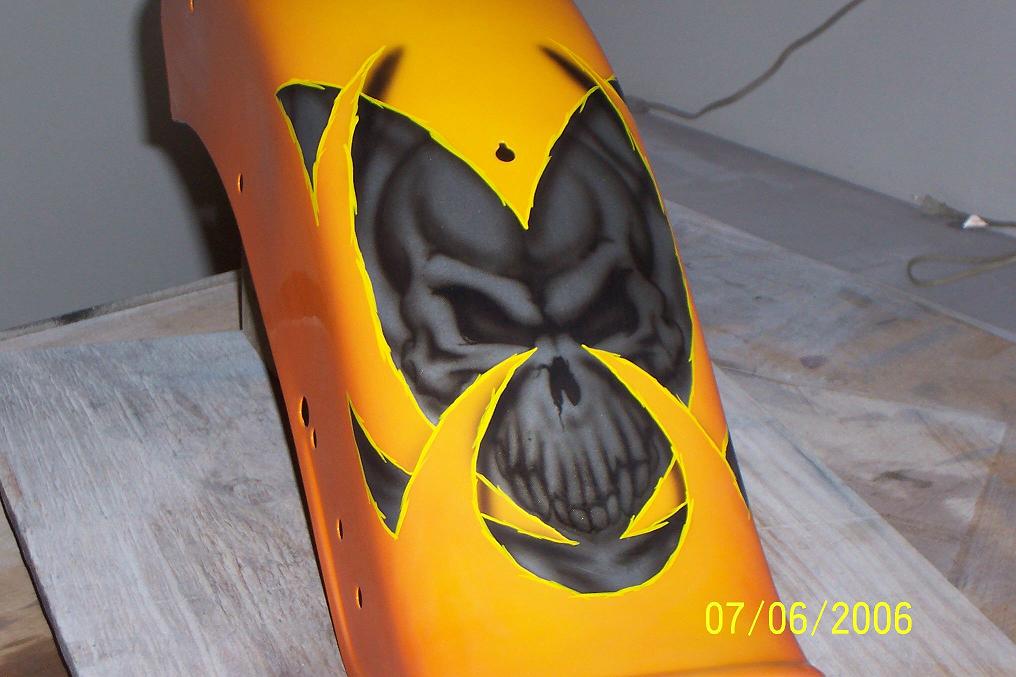
 |
|
||||||||||||
|
|
|||||||||||||
|
|
|||||||||||||
|
|
|||||||||||||
|
Parts of paint booths The paint material is applied to the product in the paint booth, which forms a partially enclosed space. The body of the paint spraying booth can have one or several (up to four) openings. Their number depends on the location of the workplace and on the method of loading and unloading of the product. The wall of the hydraulic filter with the suction opening is the wall of the chamber housing (on the side where the hydraulic filter is connected). The body of the spray booth is made of rolled steel profiles. Sheet steel is used as the casing cladding. Its thickness is from 0,76 to 1,5 mm. If the paint spraying booth is large, its body can be made not as a single piece, but from several pieces (sections) bolted together. A separate role in the spray booth is played by lighting. It must be good so that you can immediately detect violations of the painting process, etc. The lamps are placed on the roof or on the sides (under the windows). The lights must necessarily be explosion-proof. If an incandescent lamp is used, the VZG-200 luminaire shall be used. Hydrofilter looks like a box, which has two holes (for air inlet and outlet). It is connected by bolts through the gaskets to the body of the coating chamber. The body of the hydraulic filter is made of the same material as the body of the coating chamber itself. A duct to the fan is attached to its outlet. In the upper part of the body of the hydraulic filter there are small doors, through which the separator sections are installed. The size of the hydraulic filter directly depends on the amount of air to be driven and the speed of its movement. There are three types of hydraulic filters: screen filters, nozzle filters and nozzle filters. For the flushing quality to be high, the airflow rate at the inlet to the hydraulic filter should be 5.5 m/s, and in the filter itself - 5 m/s. The air passes through the suction opening and enters the hydrofilter from the coating chamber. It then passes through a double water curtain. If the hydraulic filter is a nozzle filter, the water curtain is created by means of the inclined shield (7) and nozzles (3). In the screen hydrofilter of the spraying booth the double water curtain is formed by means of inclined shields and overflow water distribution boxes. Passing through the water curtain the air is cleaned from paint material particles. Then it enters the separator (2), where it is additionally filtered and only then enters the atmosphere. The separator is located right after the water curtain. When passing through it, the air is cleaned from water droplets and particles of coating materials, which penetrated through the places of water curtain rupture. The paint mist that has been trapped by the water curtain enters with the water into the tub (1) located under the curtain. For reasons of economy, after filtration, the water from the tub is used again to create water curtains. A small portion of the filtered water is continuously discharged into the drain, and fresh water (approximately 3% of the circulating water) from the water supply is poured in its place. With a ball valve, the water level in the bathtub is constantly adjusted. When all the water in the tub is already dirty enough, it is drained out completely, the tub is flushed out and a clean one is poured in. Calculation of hydraulic filters. The flow rate of circulating water is taken as 0.75 to 1.25 liters per 1 kilogram of suction when calculating hydrofilters. If the hydrofilter is of screen type, the water flow rate depends on the number of water curtains, the area of their cross-section (at the thickness of the curtain about 2-3 mm) and the water flow rate along the slanting shields or the screen (1 - 2 m/s). In nozzle-type filters water is sprayed with tangential nozzles (rarely clogged and have a simple design) or screw nozzles. The second type is used more often as it creates a stable plume. The recommended diameter of the nozzle orifice is 5 - 6 mm. The spray cone angle and effective flare length determine the nozzle pitch. The optimum jet angle is 65 - 80°. Nozzles are located in rows, between which a shield (7) made of sheet steel is installed. It creates a directional flow of air and prevents its penetration between the water torches. Thanks to the shield, the water curtain is divided into two parts. In the first part the contaminated air is washed by direct flow of air and water, and in the second part - by countercurrent flow. |
|
|
|
|
|
|
|
| Site Map |